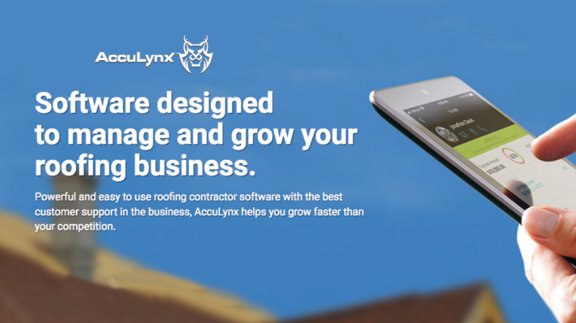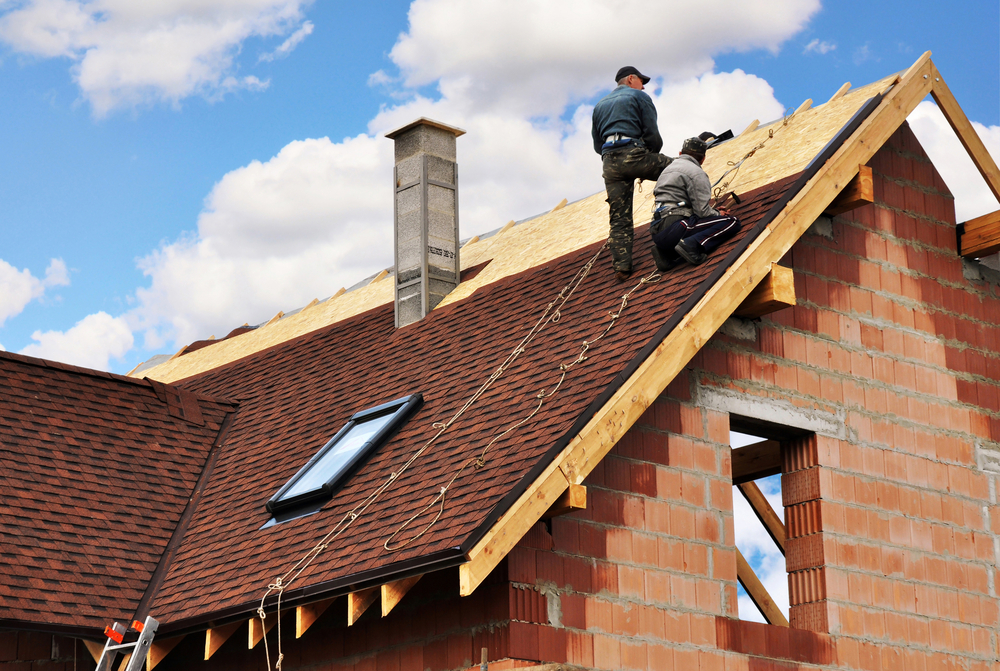Why Outsource Your Roofing Supplements
If you work at a roofing or other contracting company, we’re going to assume that reviewing insurance claim estimates, dealing with adjusters and...
2 min read
.png) Balance Claims
:
Aug 16, 2023 1:33:41 PM
Balance Claims
:
Aug 16, 2023 1:33:41 PM

The restoration roofing industry plays a crucial role in helping homeowners and businesses recover from the aftermath of storms, natural disasters, and wear and tear over time. However, for roofing contractors in this industry, achieving success isn't just about delivering quality workmanship; it also involves managing overhead costs effectively to maximize profitability. In this blog post, we will explore the concept of overhead and its significance in the restoration roofing industry, along with strategies to optimize profits.
Understanding Overhead Costs:
Overhead costs, often referred to as indirect costs, are expenses that are not directly tied to the production of a specific roofing project but are essential for running a roofing business. These costs include items such as rent, utilities, insurance, administrative salaries, office supplies, and equipment maintenance. In the restoration roofing industry, overhead costs can significantly impact a company's profitability.
The Importance of Managing Overhead:
Cost Control: Controlling overhead costs is vital to ensure that a roofing company remains competitive in pricing while still maintaining profitability. Efficient management of overhead can help a company offer competitive quotes to clients.
Profit Margins: High overhead costs can eat into a company's profit margins. By managing overhead effectively, roofing contractors can ensure that a larger portion of each project's revenue contributes to their bottom line.
Strategies to Optimize Overhead and Maximize Profit:
Evaluate and Streamline Expenses: Regularly review your overhead expenses. Identify areas where you can reduce costs without compromising the quality of your services. For example, renegotiate contracts with suppliers, switch to energy-efficient lighting, or explore remote working options for administrative staff to reduce office space costs.
Invest in Technology: Invest in roofing software and project management tools that can streamline administrative tasks, reducing the need for extensive administrative staff and office space. This can lead to significant cost savings.
Employee Training: Invest in training your roofing crews to be more efficient and productive. Well-trained teams can complete projects more quickly, reducing labor costs.
Outsourcing: Consider outsourcing certain non-core functions like accounting, IT, or marketing to specialized service providers. This can often be more cost-effective than maintaining in-house departments.
Regular Financial Analysis: Continuously monitor your financial performance. Regularly analyze your profit and loss statements, and adjust your overhead management strategies as needed.
Customer Relationship Management: Building long-term relationships with clients can lead to repeat business and referrals, reducing marketing and customer acquisition costs.
Conclusion:
In the restoration roofing industry, effective management of overhead costs is essential for maximizing profitability. By carefully evaluating and controlling overhead expenses, investing in technology and employee training, and maintaining strong client relationships, roofing contractors can ensure that a significant portion of their revenue translates into healthy profit margins. In a highly competitive industry, mastering the art of balancing overhead and profit is key to long-term success and sustainability.

If you work at a roofing or other contracting company, we’re going to assume that reviewing insurance claim estimates, dealing with adjusters and...

Running a successful roofing company is challenging. To help you succeed, AccuLynx has gathered best practices from the most profitable roofing...

Storm season is upon us and for many roofing contractors that means more customers, more jobs and ultimately more headaches if your business is...